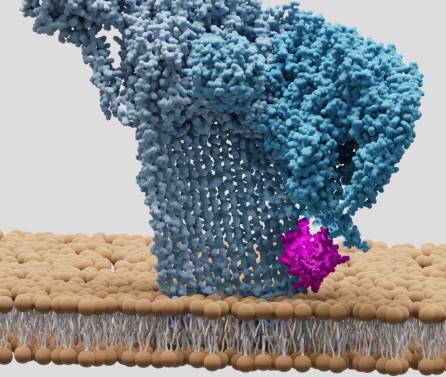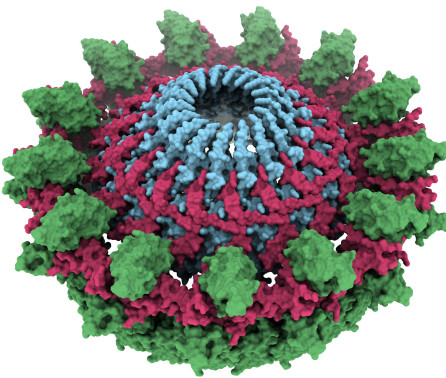BibTex format
@article{Filloux:2011:10.3389/fmicb.2011.00155,
author = {Filloux, A},
doi = {10.3389/fmicb.2011.00155},
journal = {Frontiers in Microbiology},
title = {Protein secretion systems in Pseudomonas aeruginosa: an essay on diversity, evolution, and function},
url = {http://dx.doi.org/10.3389/fmicb.2011.00155},
volume = {2},
year = {2011}
}

